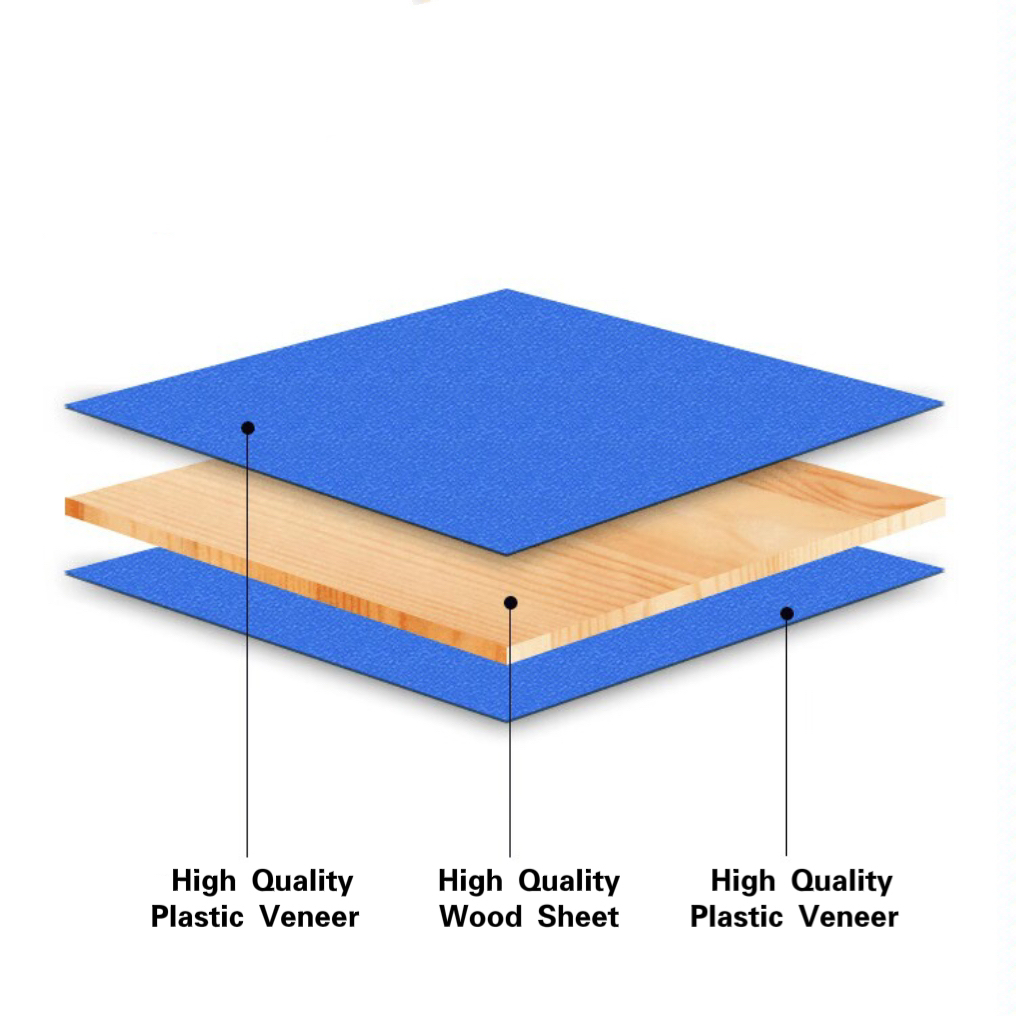- Mob.
+86 138 2778 0549
+86 138 2778 0549
As a core component of educational infrastructure, the design, materials and functions of student desks and chairs are directly related to students' health and learning efficiency. The following is a comprehensive overview of relevant knowledge in the industry:
The materials of student desks and chairs have undergone iterations from wood, steel and wood to hard plastic. In the early days, solid wood was the main material, but it was easily deformed by moisture; in the 1980s, steel and wood structures were introduced, combining the stability of steel and the texture of wood, and the durability was significantly improved. In recent years, environmentally friendly hard plastic materials (such as polypropylene) have gradually become popular, with the advantages of waterproof, flame retardant, lightweight, and meet environmental protection standards (formaldehyde emission must be less than 0.1mg/m³). In addition, plywood, medium-density fiberboard and decorative panels are common in board technology. The multi-layer structure enhances the load-bearing capacity, and the surface treatment focuses on scratch resistance and easy cleaning.

1. Adaptability: Desks and chairs need to be configured according to the height of students to avoid scoliosis or myopia due to height discomfort. For example, the height of the desktop should match the height of the sitting elbow, and the back of the chair needs to support the waist.
2. Safety details: The corners are rounded to prevent collision injuries, the desktop has no exposed nails, and the joints are smooth; the structure must pass the stability test (such as the lateral tipping test of the armrest) to avoid injuries caused by tipping or clamping.
3. Activity space: The desktop depth and leg space must meet the dynamic needs of writing, painting, etc., and avoid restricting student activities.

There are three major trends: intelligence, integrating adjustable height, intelligent lighting and other functions, and adapting to different learning scenarios. Environmental protection, using non-toxic paint and renewable materials, responding to national health policies (such as "School Health Work Opinions". Customization, developing multifunctional tables and chairs for special education needs, such as flame-retardant models for laboratories, foldable storage models, etc.
Challenges and supervision, although the industry is developing rapidly, the problem of uneven quality is prominent. In the national random inspection in 2025, 38 batches of products were removed from the shelves due to structural safety failures, such as the risk of handrail tipping and excessive formaldehyde. In addition, inferior materials such as hollow steel pipes lead to frequent pinching accidents, highlighting the importance of production standards and market supervision. Enterprises need to strengthen the self-inspection process, and schools should regularly maintain tables and chairs to ensure long-term safety.
As an important part of the furniture industry, WINNER furniture companies must adapt to development and promote the development of student desks and chairs in the direction of safety, health and intelligence. At the same time, we will continue to integrate technological innovation and standardized management to build a better learning environment.
Copyright © Foshan Winner Furniture Co., Ltd. All Rights Reserved |
Sitemap
| Technical Support:
